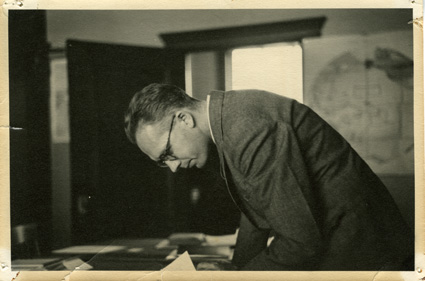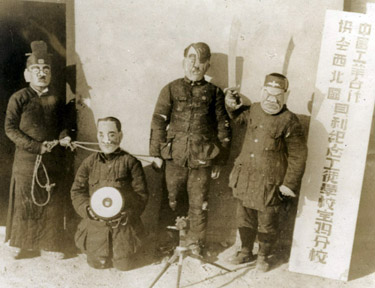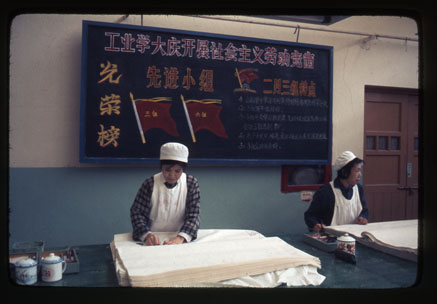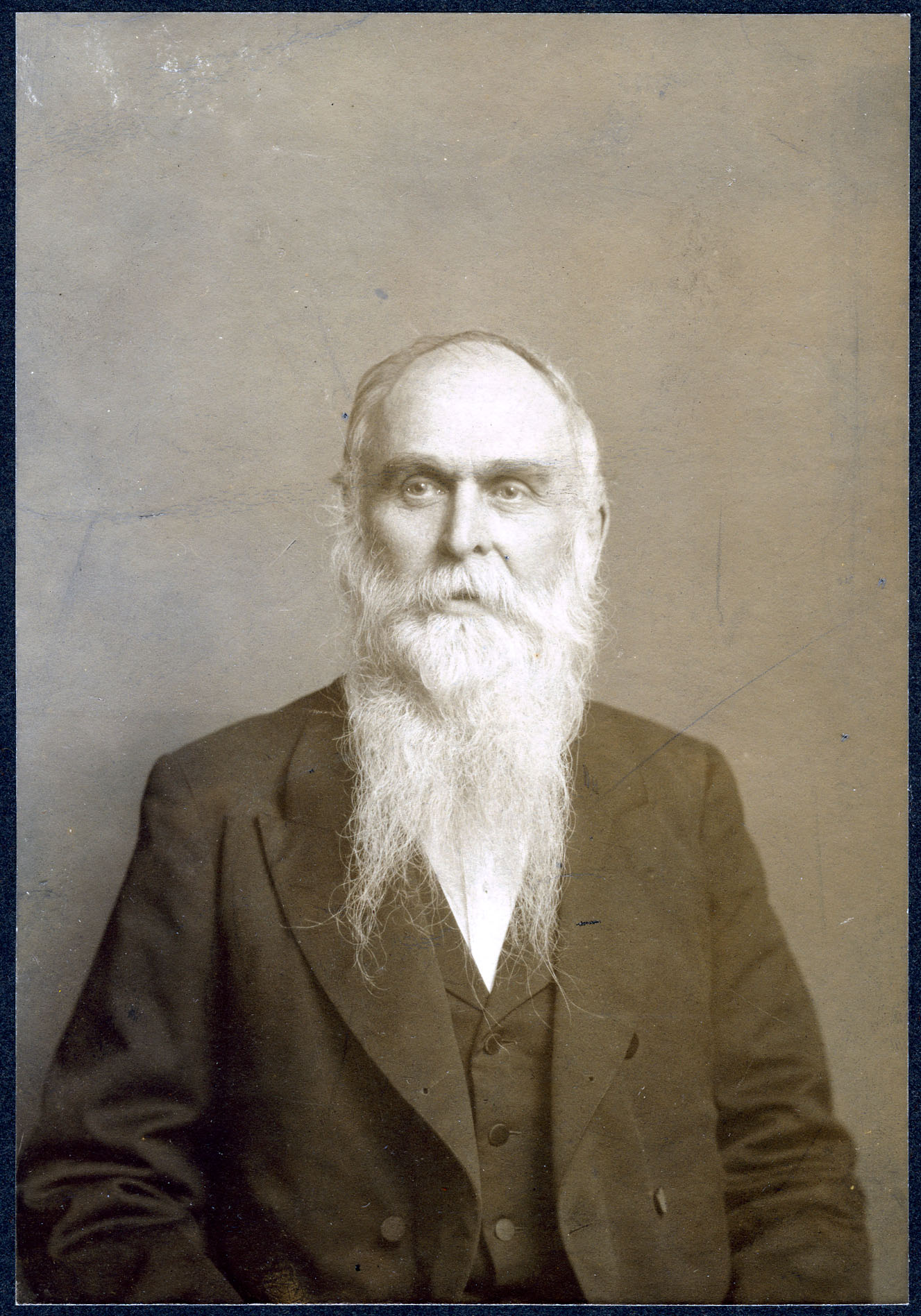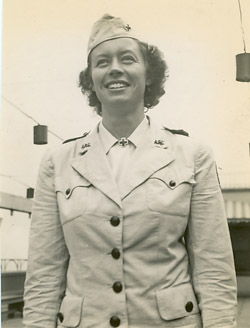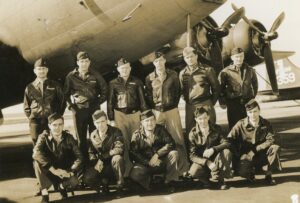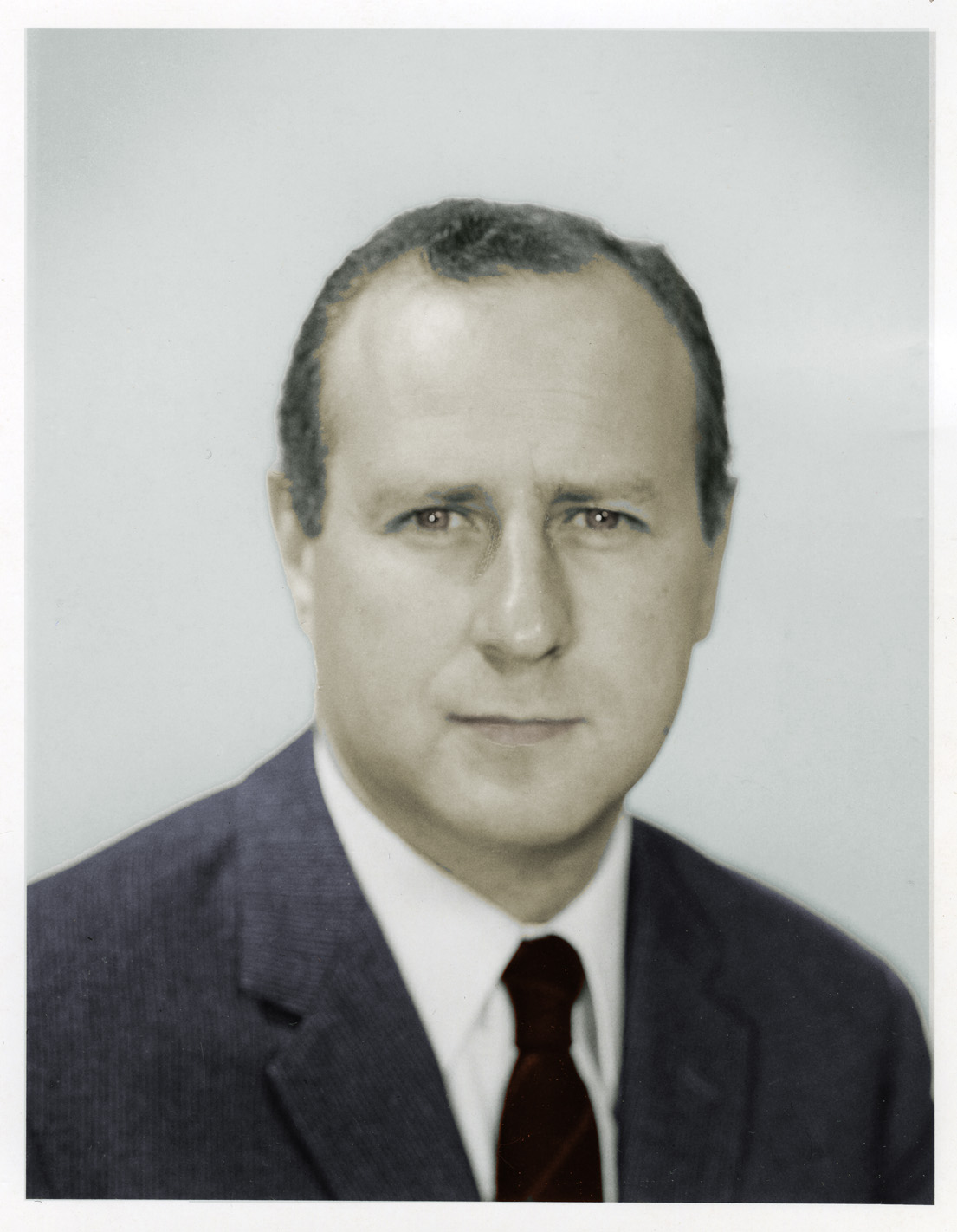Roberta Halporn Collection
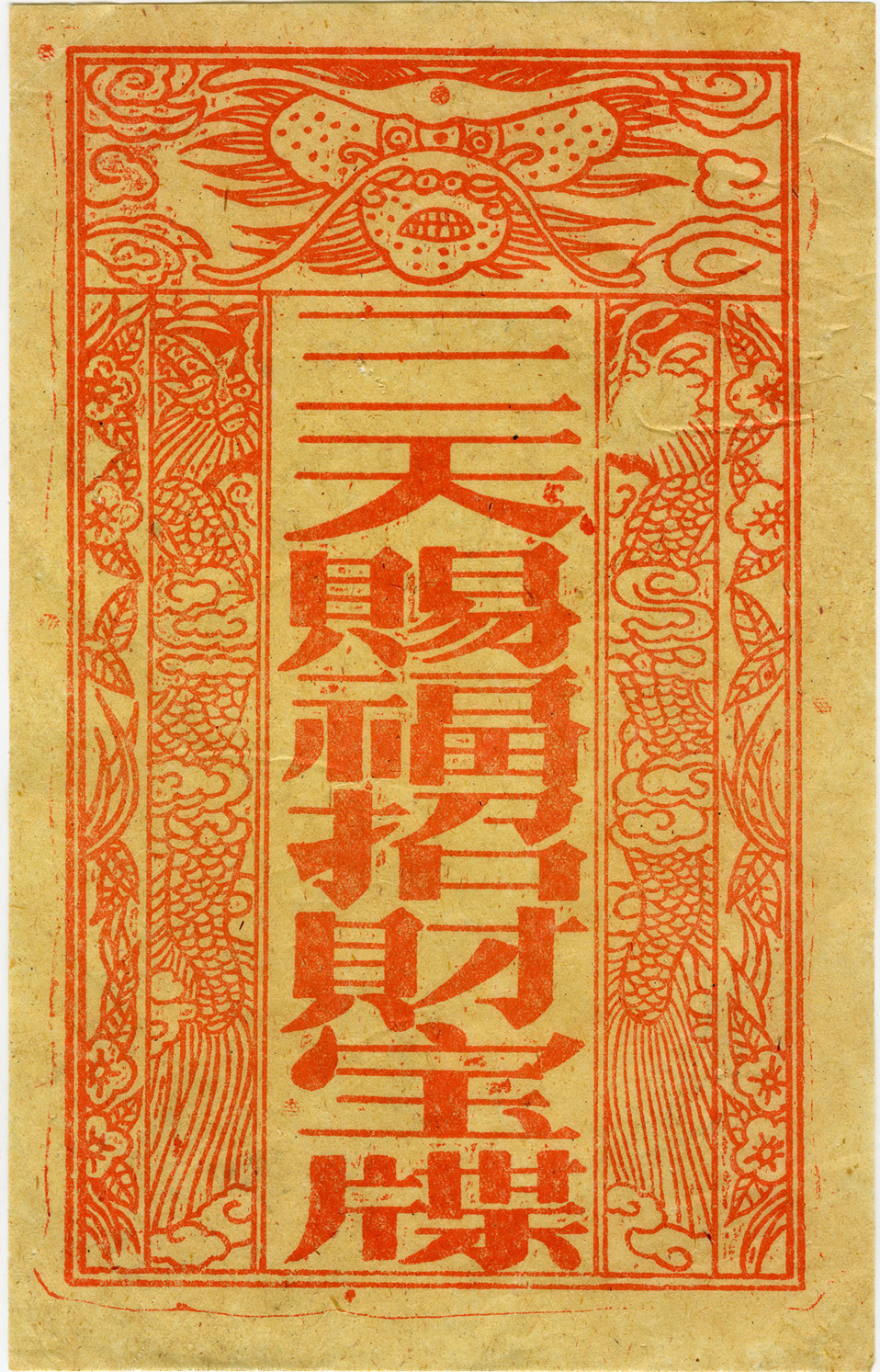
A writer, publisher, and expert in the culture of cemeteries and death, Roberta Halporn was born in New York in 1927. Although she entered NYU intending to study medicine, Halporn soon turned to dance, eventually earning a masters degree and working in the field for nearly two decades. When an injury ended her dance career, however, she changed careers to publishing, opening her own house in 1978. Her growing interest in the culture of death meshed well with her job and following her interests, she founded ran the Center for Thanatology Research and Education in 1986. Based in Brooklyn, the Center was a non-profit organization that worked to raise public awareness of the artistic and historical importance of cemeteries, and in addition to a library and museum, the Center ran tours of cemeteries, published books and periodicals, and operated a retail store. Halporn published regularly on topics ranging from Jewish cemeteries to hospice, thanatology libraries, and her passion, gravestone rubbing. Halporn died in 2014.
The collection consists of files relating to Roberta Halporn’s extensive thanatological research, including drafts, correspondence, photographs, and ephemera from two of her projects: on Chinese American funeral practices (resulting in the book Gods, Ghosts, and Ancestors) and on Jewish cemeteries. It also includes approximately 40 gravestone rubbings. A significant number of books donated with the collection have been added to the Association for Gravestone Studies Book Collection.


